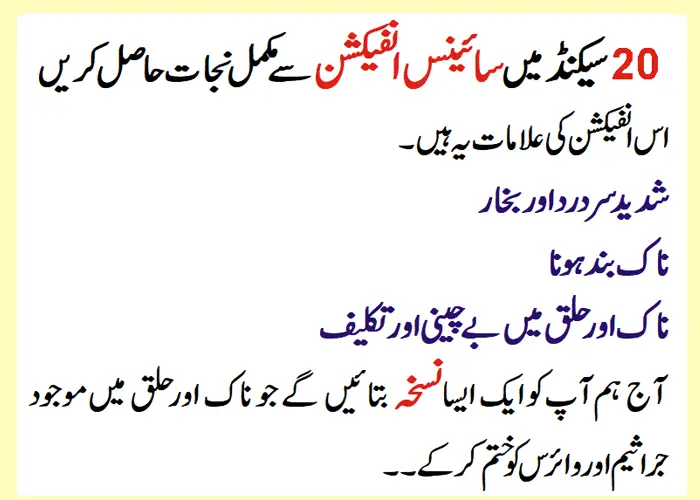Introduction
In the complex landscape of homeownership, navigating financial challenges can lead individuals to explore various options for relief. Two common avenues are loan modification and the Federal Housing Administration’s (FHA) Hope for Homeowners Program. Understanding the differences between these approaches is crucial for homeowners seeking financial stability. In this article, we’ll delve into the distinctions between loan modification and the FHA Hope for Homeowners Program, offering insights to help individuals make informed decisions about their mortgage situations.
I. Loan Modification: Tailoring Mortgage Terms
A. Overview
- Definition: Loan modification involves adjusting the terms of an existing mortgage.
- Objective: To make the mortgage more affordable for homeowners facing financial challenges.
B. Key Features
- Interest Rate Reduction: Modifying the interest rate to lower monthly payments.
- Term Extension: Extending the loan term for a more extended repayment period.
- Principal Forbearance: Temporarily reducing or postponing the repayment of a portion of the principal.
C. Eligibility Criteria
- Financial Hardship: Homeowners must demonstrate a genuine financial struggle.
- Loan Servicer Approval: Lenders must approve and facilitate the modification process.
II. FHA Hope for Homeowners Program: Refinancing for Relief


A. Overview
- Definition: A government-backed program aimed at refinancing mortgages for struggling homeowners.
- Objective: To provide an affordable, fixed-rate mortgage for homeowners facing foreclosure.
B. Key Features
- Refinancing Option: Replaces the existing mortgage with a new FHA-insured loan.
- Equity Sharing: Homeowners agree to share future equity with the FHA.
- Stable Payments: Offers fixed-rate mortgages for stability and predictability.
C. Eligibility Criteria
- Financial Hardship: Homeowners must prove inability to pay the current mortgage.
- Owner Occupancy: The property must be the homeowner’s primary residence.
- Loan Origination Date: Loans originated before 2008 are eligible.
III. Choosing Between Loan Modification and FHA Hope for Homeowners
A. Considerations
- Current Mortgage Status: Loan modification is applicable for existing mortgages, while FHA is for refinancing.
- Long-Term vs. Short-Term Relief: Loan modification often provides short-term relief, while FHA offers a more extended solution with a new mortgage.
B. Impact on Credit
- Loan Modification: May impact credit scores but generally less severe than foreclosure.
- FHA Hope for Homeowners: The impact is similar to any other mortgage refinance.
C. Application Process
- Loan Modification: Directly involves communication with the loan servicer.
- FHA Hope for Homeowners: Requires an application process through an FHA-approved lender.
IV. Conclusion: Making Informed Decisions
Navigating financial challenges in homeownership demands careful consideration of available options. Loan modification and the FHA Hope for Homeowners Program provide avenues for relief, each with its unique features and eligibility criteria. Homeowners facing financial hardship should assess their specific circumstances, weigh the pros and cons of each option, and seek professional advice to make informed decisions that align with their long-term financial goals.





